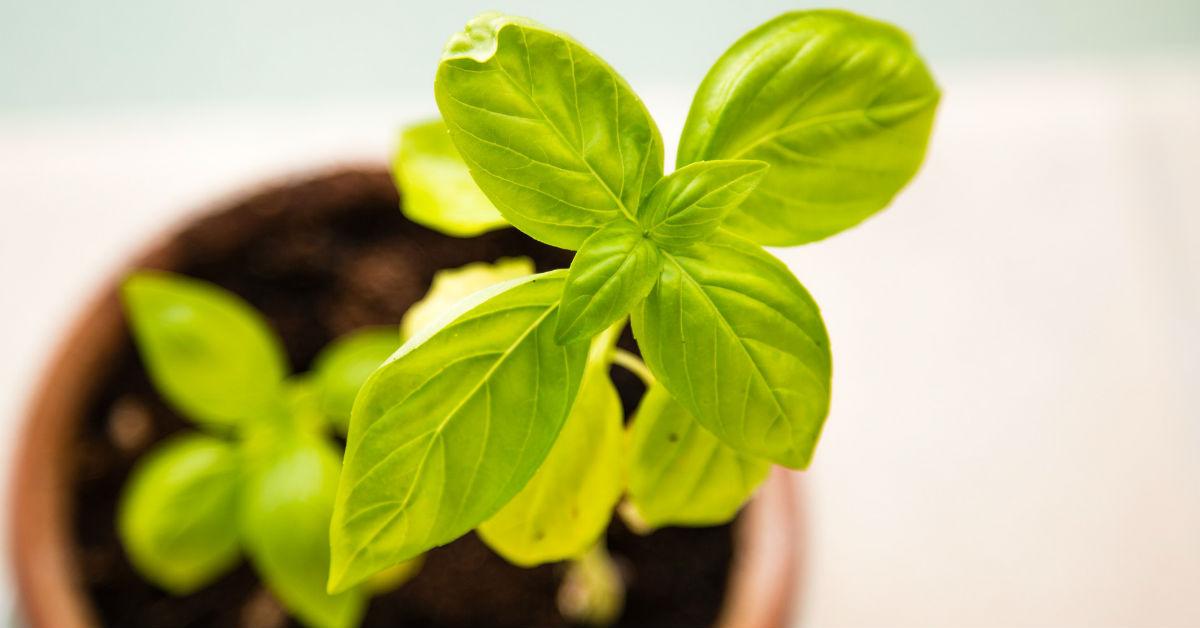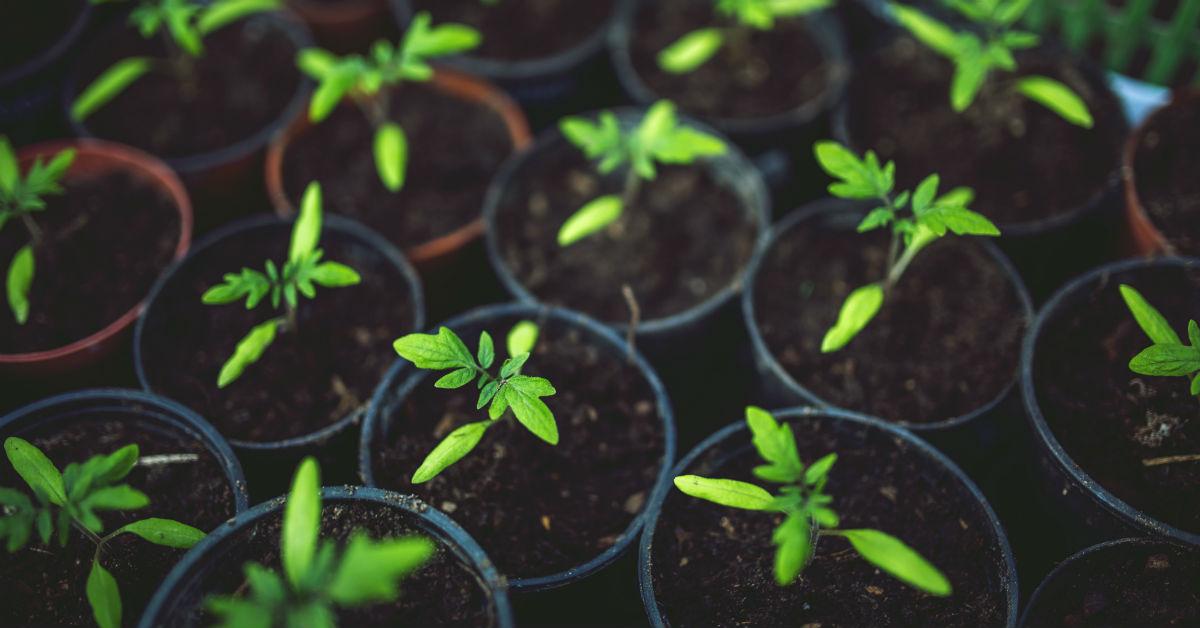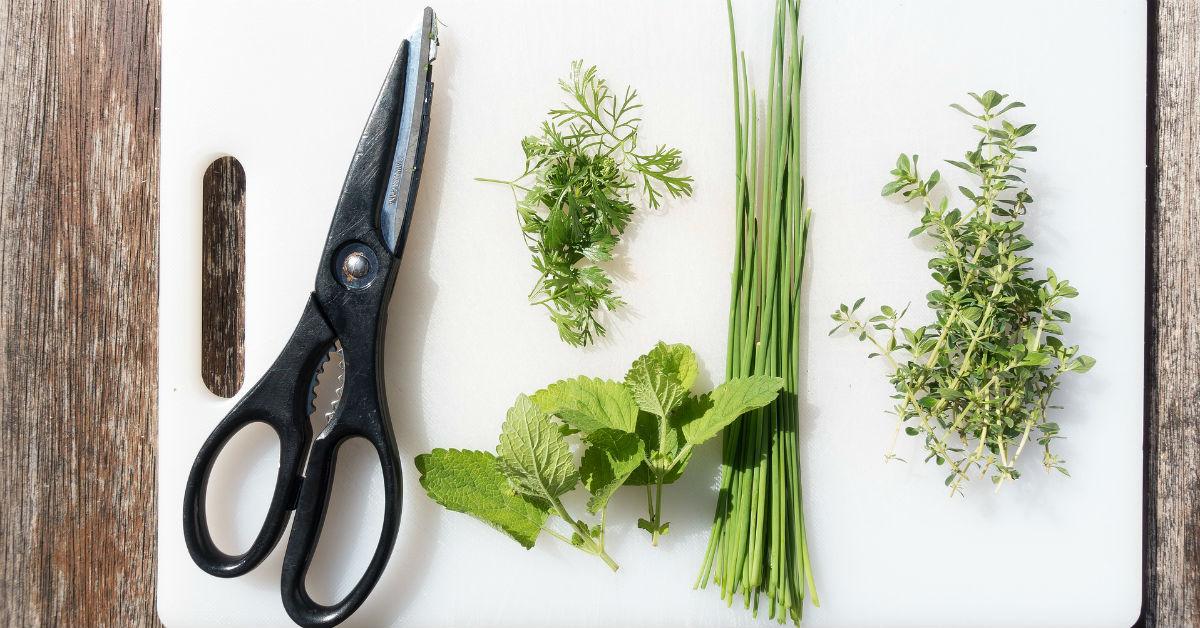7 Tips For Growing Your Own Herb Garden
Plant and harvest your own mint, basil, and thyme at home with this guide to growing herbs.
Updated Nov. 19 2020, 9:38 p.m. ET
Let’s say you’re cooking a new recipe that calls for fresh mint. You head to the grocery store, pick up a big bunch of it, and then go home to use…. exactly one sprig.
A few weeks later you open your fridge to find the rest of the withered bunch, forgotten and shoved to the back of your crisper. It’s easy to let herbs wilt to waste, since they’re often used as garnishes or small amounts of spice. Growing your own herb garden is a great way to solve that problem, since you can pick leaves as they grow and plan your meals around your budding plants. Here’s how to get started, including tips on how to find the herb that’s right for you.
Choose herbs according to your experience
If you’re new to herb gardening, you might want to try chives or basil, two plants that don’t require a ton of maintenance or advanced skill. Certain herbs will grow like crazy, or prove tough to germinate from seed. So consider seedlings, too — unless you’re a pro and want to grow bay leaf from scratch.
Pick a sunny location
No matter the herb, it’s going to need some sunlight. Stake out space on your windowsill or fire escape, so your plants can soak up the rays for several hours. Then consult this handy chart from The Old Farmers Almanac to determine how much exposure each herb needs.
Buy pots with drainage
Before you buy that cute planters pot off Etsy, make sure it has a hole in the bottom. Most herbs require proper drainage to thrive, because without it, the soil becomes too saturated with water. Dampness kills many plants, which is why it’s important to stop sogginess before it starts. Invest in pots with at least one drainage hole, and a lid to catch the excess water.
Purchase potting soil
It might be free, but you shouldn’t dig up dirt from your backyard. Your baby herbs need nutrients and proper nourishment to grow, and while potting soil is specially formulated with just that, regular old dirt could carry hidden disease or pests. Pick up a bag of potting soil from your local gardening supply store, and make sure to break it up before you pot so it’s nice and loose instead of tight and compact.
Label your herbs
Save yourself the future headache and mark each of your pots. It’s painless and can even be a fun crafting project, if you get creative with your labels.
Water responsibly
Don’t forget to water your herbs! But also, don’t over water them. While people tend to worry they’ll kill their plants by letting the soil dry up, dampness is usually the bigger issue. A good rule of thumb is to water when the soil feels dry to the touch, but check the The Old Farmers Almanac chart again to see how each herb prefers its dirt.
Keep your plants trim
You should keep your herbs bushy, not leggy, as the old gardening advice goes. The basic idea is to pinch or cut leaves off the top, so new sprouts will grow in their place somewhat vertically, like a bush, as opposed to grabbing leaves off the sides and bottom, where they’ll grow “legs.” As your plants mature, pinch and trim leaves that are ready to harvest, never taking more than one-third of the herb. That way, it’ll continue to bloom all season long.



